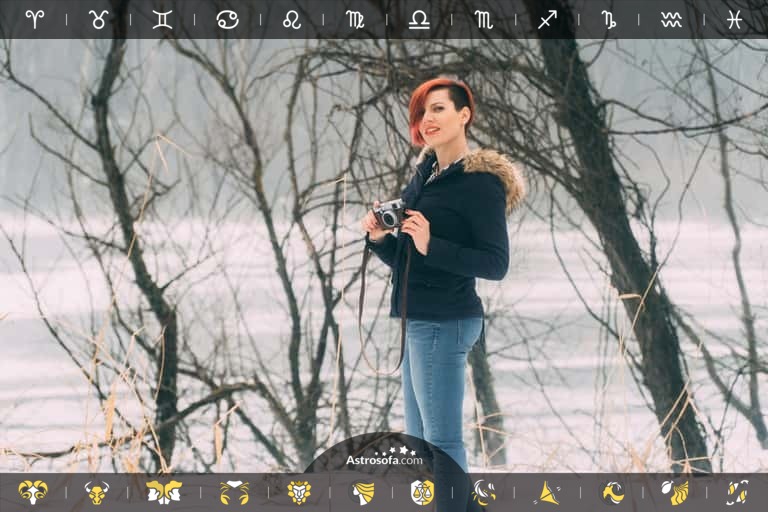
Birthday
Galileo Galilei (1564 - 1642), Sir Ernest Shackleton (*1874-1928), Jane Seymour (1951), Matt Groening (*1954)
Saint's day
|
Daily aspects
|
|
Moon Trine Mars |
|
Moon → Aquarius |
|
Moon Trine Neptune |
Daily aspects

This Trine gives you great willpower, courage, practical action, resourcefulness, activity, love of truth, and openness. You may move to a new home, or totally rearrange your current home. It's a wonderful time for self improvement and conscious efforts to exercise and take better care of yourself. It's time for self-love and "me" time.

Fun and entertainment are the order of the day at Aquarius Moon. The relationship with friends, fraternity, and social issues touch us deeply. Now it is the best time to do something crazy together, but also to get involved in social causes.

The Trine between the Moon and Neptune gives you an active imagination, good empathy, and an excellent understanding of art. You are attractive, dreamy, and enthusiastic. It's a great time for writing down your goals in life, meditation, psychic practice, reading tarot cards, practicing astrology, and making love till all hours of the morning.
Current timezone: America/Chicago (UTC -05:00). change timezone
Calendar
Please choose a day:



